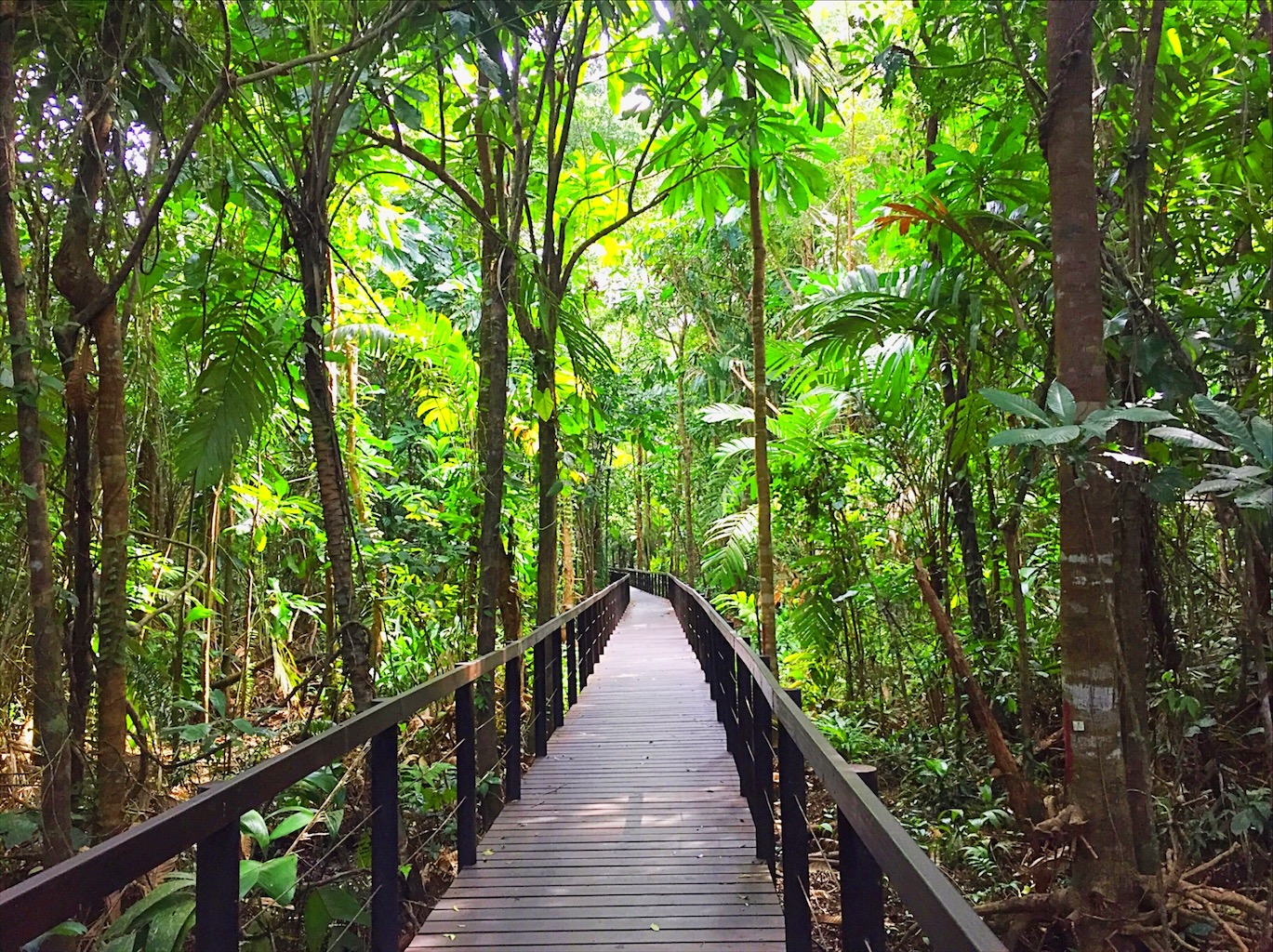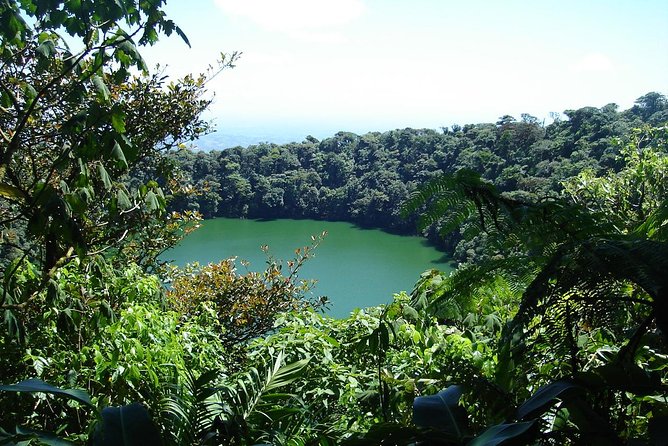Costa Rica, located in Central America, is a country with countless resources: it has beautiful beaches on the coast of the Atlantic and Pacific oceans, national parks with abundant biodiversity and lively urban life in the Central Valley.
These and other characteristics earned Costa Rica the “Best Accessible Destination 2021” award, given by Lonely Planet – publisher of travel guides around the world. According to Lonely CEO Luis Cabrera, the country has been recognized as a destination that demonstrates a genuine commitment to sustainability, community and diversity.
An accessible destination is one that offers everyone a worthy condition to explore, regardless of their physical and / or mental state. More and more cities have adapted to become inclusive, giving all the support to those who need special care.
Ideally, people with disability are able to carry out the same activities that tourists without limitations can do. Of course, this is not feasible in 100% of cases, but it is possible (and necessary) to develop inclusive experiences.
The good news is that examples of accessible destinations have stood out around the world, and Costa Rica is a reference in that.
A destination for everybody

In 2019, Cahuita National Park, in Limón, became the first accessible national park for people with physical disabilities. Jacó, in the Central Pacific, also has a 63-meter ramp built with recycled plastic, giving access to wheelchair users.
The National Park Carara, Volcano Poás Park, and Manuel António Park have all the necessary structures to receive visitors with disabilities. Some tourism companies have also adapted their equipment to allow wheelchair users to experience adventure tourism, such as zip lines.

Several companies in La Fortuna city safely transport wheelchair users above the canopy of tropical trees and above the region’s waterfall. Adaptive surfing is also available in cities like Puntarenas.
Lonely Planet also emphasized Costa Rica’s efforts to create accessible beaches with recycled wooden ramps that reach the coast. Accessibility to museums, restaurants and markets, mainly in the capital, was also mentioned by the publisher.
According to the Minister of Tourism, Gustavo Segura, sustainability is a transversal axis of the country’s tourism model and a sustainable destination must be accessible.
The Costa Rican tourism value chain (which includes transportation, hotels, restaurants, tourist attractions and excursions) has options so that everyone, regardless of their condition, can enjoy the wonders of the country.